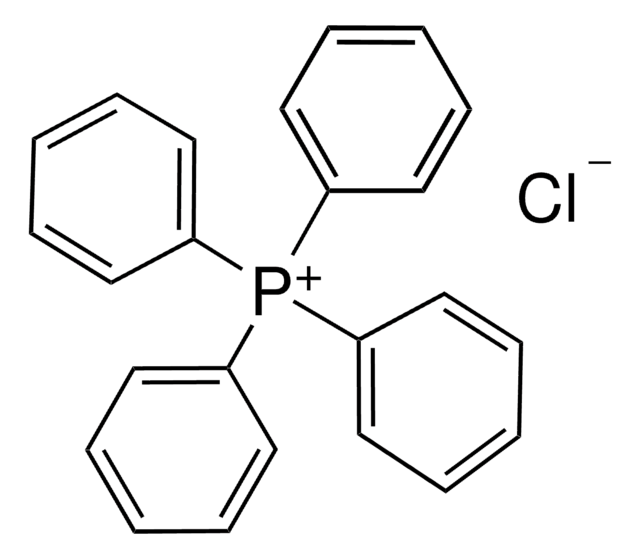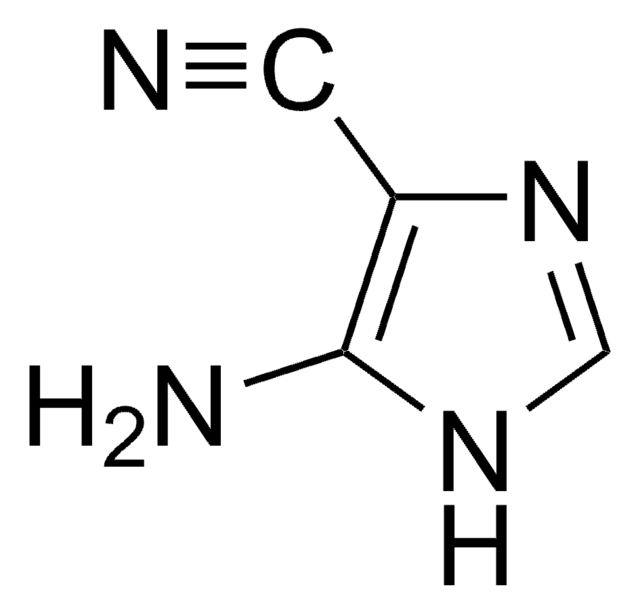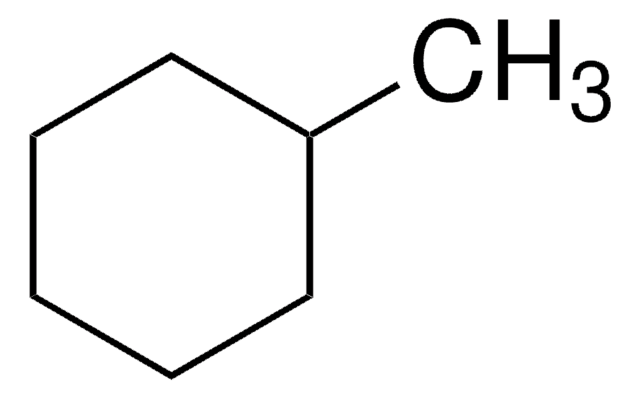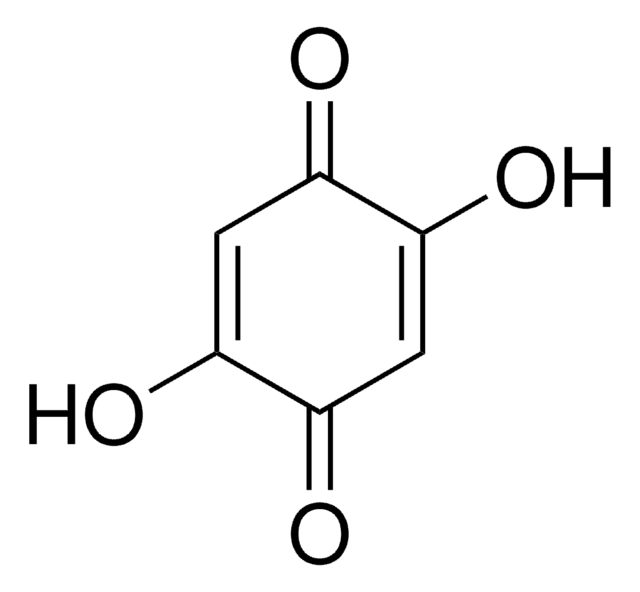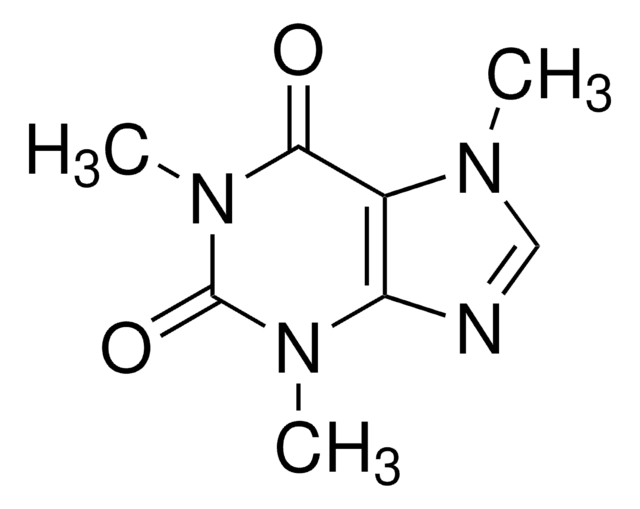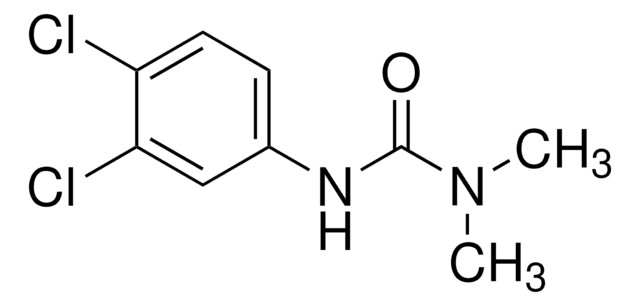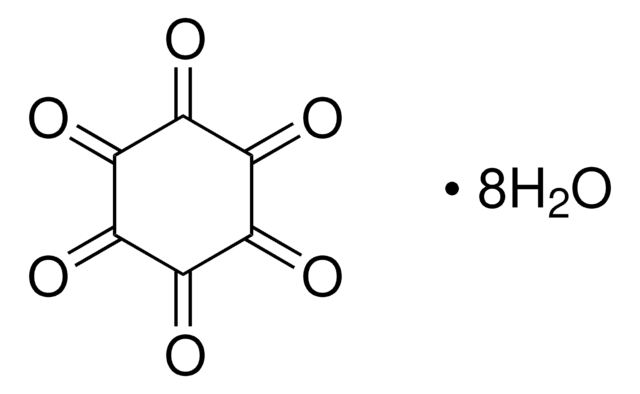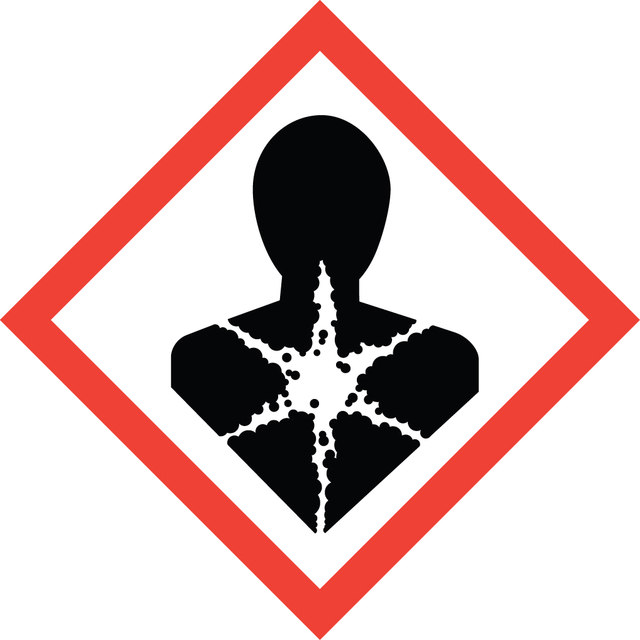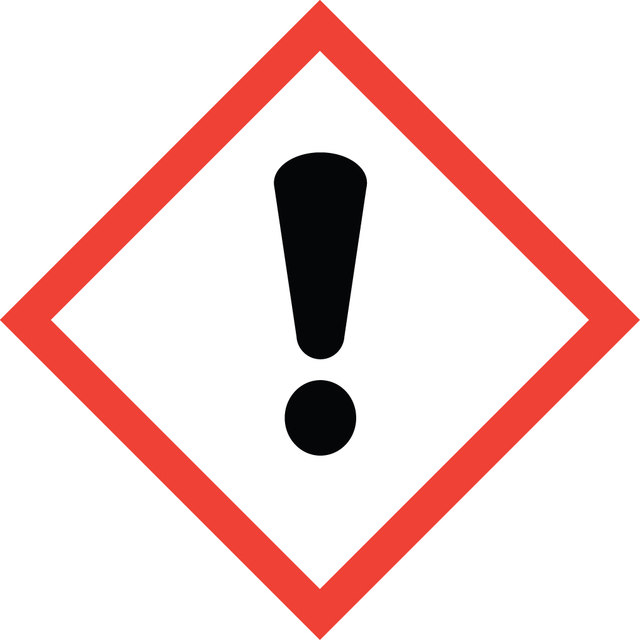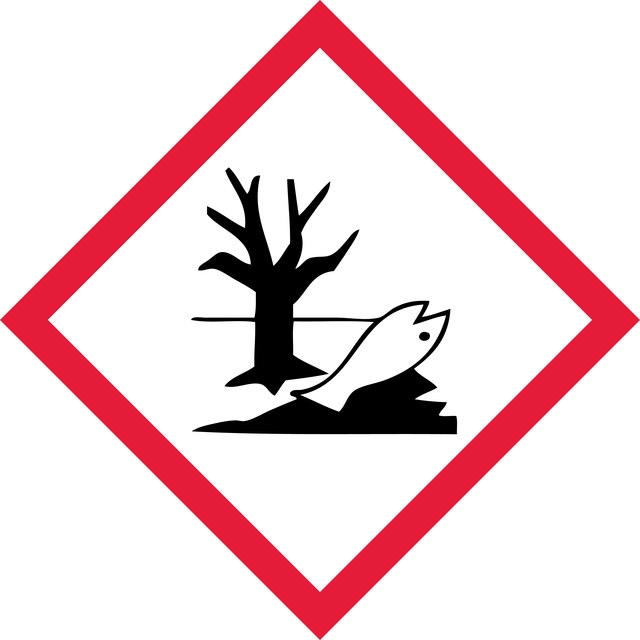332992
3-(4-Chlorophenyl)-1,1-dimethylurea
99%
Synonym(s):
Monuron
Sign Into View Organizational & Contract Pricing
All Photos(1)
About This Item
Linear Formula:
ClC6H4NHCON(CH3)2
CAS Number:
Molecular Weight:
198.65
Beilstein:
2097922
EC Number:
MDL number:
UNSPSC Code:
12352100
PubChem Substance ID:
Recommended Products
Assay
99%
mp
173-174 °C (lit.)
SMILES string
CN(C)C(=O)Nc1ccc(Cl)cc1
InChI
1S/C9H11ClN2O/c1-12(2)9(13)11-8-5-3-7(10)4-6-8/h3-6H,1-2H3,(H,11,13)
InChI key
BMLIZLVNXIYGCK-UHFFFAOYSA-N
Gene Information
human ... EPHX2(2053)
mouse ... Ephx2(13850)
Looking for similar products? Visit Product Comparison Guide
General description
3-(4-Chlorophenyl)-1,1-dimethylurea is an inhibitor of photophosphorylation. The kinetics of photo-induced transformation of 3-(4-chlorophenyl)-1,1-dimethylurea has been investigated in aqueous solution containing nitrates and nitrites at 310nm and 365nm. Degradation of Monuron (3-(4-chlorophenyl)-1,1-dimethylurea) photoinduced by Fe(III) in aqueous solution has been reported.
Signal Word
Warning
Hazard Statements
Precautionary Statements
Hazard Classifications
Acute Tox. 4 Oral - Aquatic Acute 1 - Aquatic Chronic 1 - Carc. 2
Storage Class Code
11 - Combustible Solids
WGK
WGK 3
Flash Point(F)
Not applicable
Flash Point(C)
Not applicable
Personal Protective Equipment
dust mask type N95 (US), Eyeshields, Gloves
Regulatory Information
新产品
Choose from one of the most recent versions:
Already Own This Product?
Find documentation for the products that you have recently purchased in the Document Library.
STOMATAL RESPONSES TO CHANGES IN CARBON DIOXIDE CONCENTRATION IN LEAVES TREATED WITH 3-(4-CHLOROPHENYL)-1, 1-DIMETHYLUREA.
Allaway WG and Mansfield TA.
The New phytologist, 66(1), 57-63 (1967)
Maria Bobu et al.
Chemosphere, 63(10), 1718-1727 (2005-11-18)
The photodegradation of monuron (3-(4-chlorophenyl)-1,1-dimethylurea) in aqueous solutions under simulated solar irradiation has been conducted by different advanced oxidation processes (UV/H(2)O(2), UV/H(2)O(2)/Fe(2+), UV/H(2)O(2)/TiO(2), UV/TiO(2), dark H(2)O(2)/Fe(3+)). The degradation rates were always higher for the homogeneous catalysis in photo-Fenton reactions (UV/H(2)O(2)/Fe(2+))
[Hygienic evaluation of translocation of the herbicides diuron and monuron].
L T Voloshina
Gigiena i sanitariia, (7)(7), 75-75 (1984-07-01)
W Chu et al.
Journal of agricultural and food chemistry, 55(14), 5708-5713 (2007-06-15)
The immobilization of cobalt ion on different media to catalyze oxone has been investigated. A probe herbicide, Monuron, was effectively degraded by using Co2+/oxone systems. For Co2+ supported on zeolite, 100% of Monuron could be removed within a 10 min
L C Rai et al.
Biometals : an international journal on the role of metal ions in biology, biochemistry, and medicine, 5(1), 13-16 (1992-01-01)
The impact of 2,4-dinitrophenol and chlorophenyl dimethylurea on ATP content, carbon fixation, O2 evolution, nitrogenase activity and Cr uptake of Anabaena doliolum has been studied. 2,4-Dinitrophenol has been found to be more toxic than chlorophenyldimethylurea for all these processes. However
Our team of scientists has experience in all areas of research including Life Science, Material Science, Chemical Synthesis, Chromatography, Analytical and many others.
Contact Technical Service